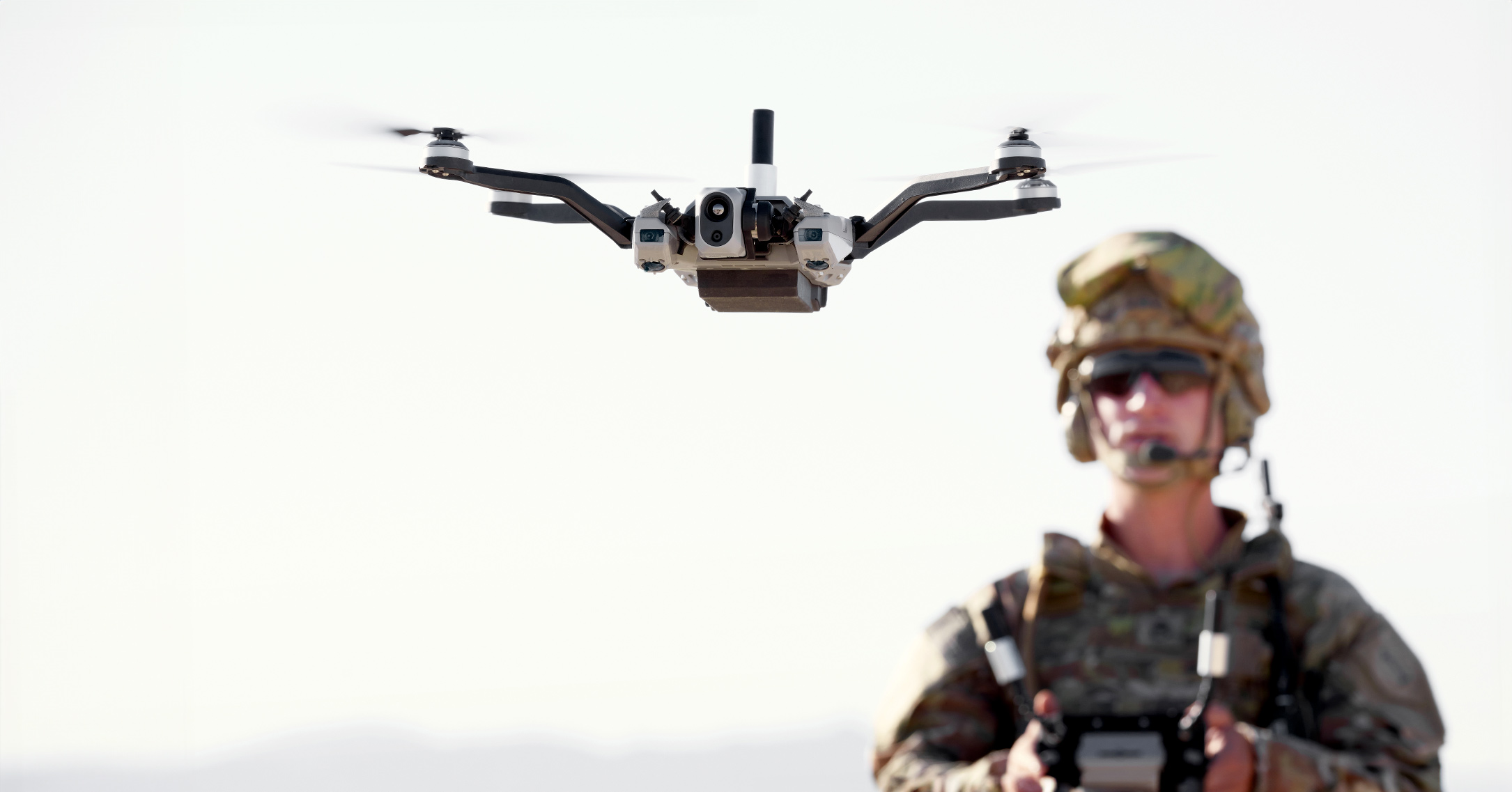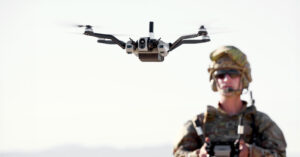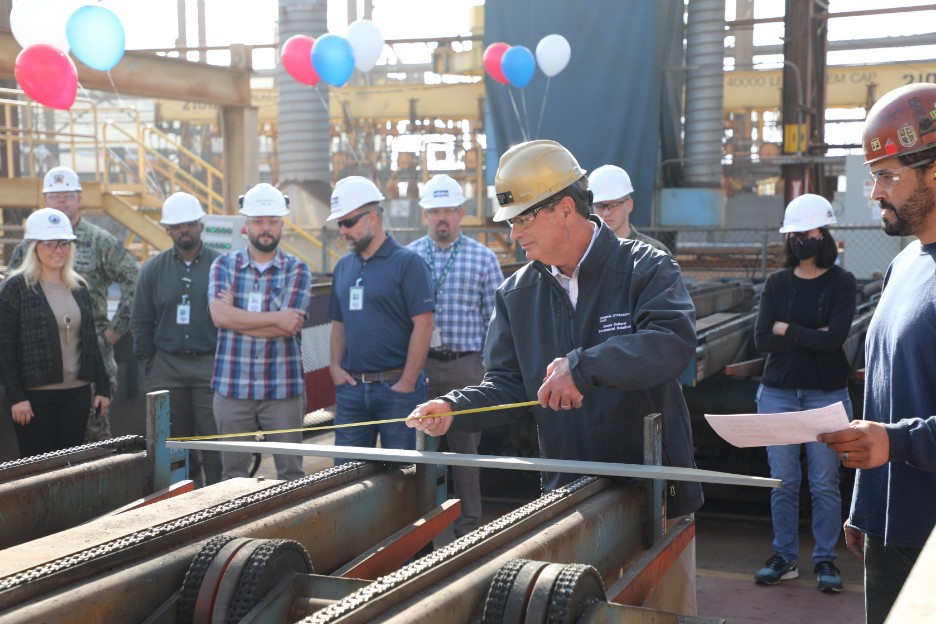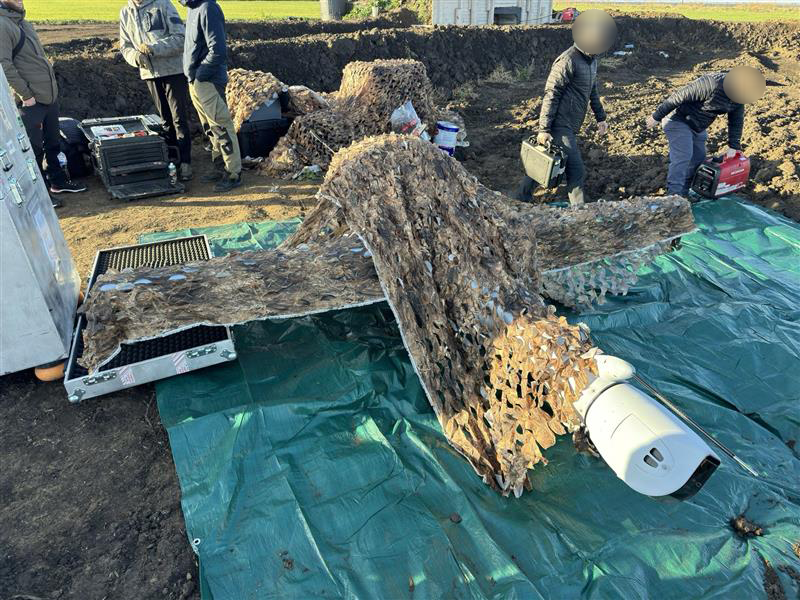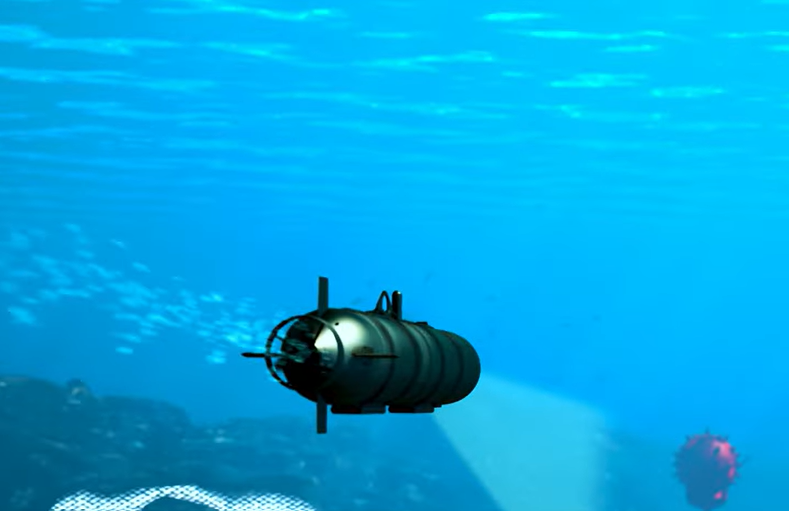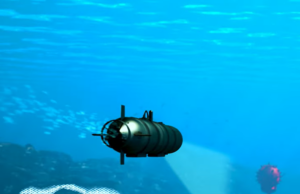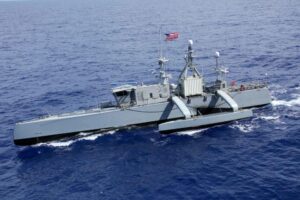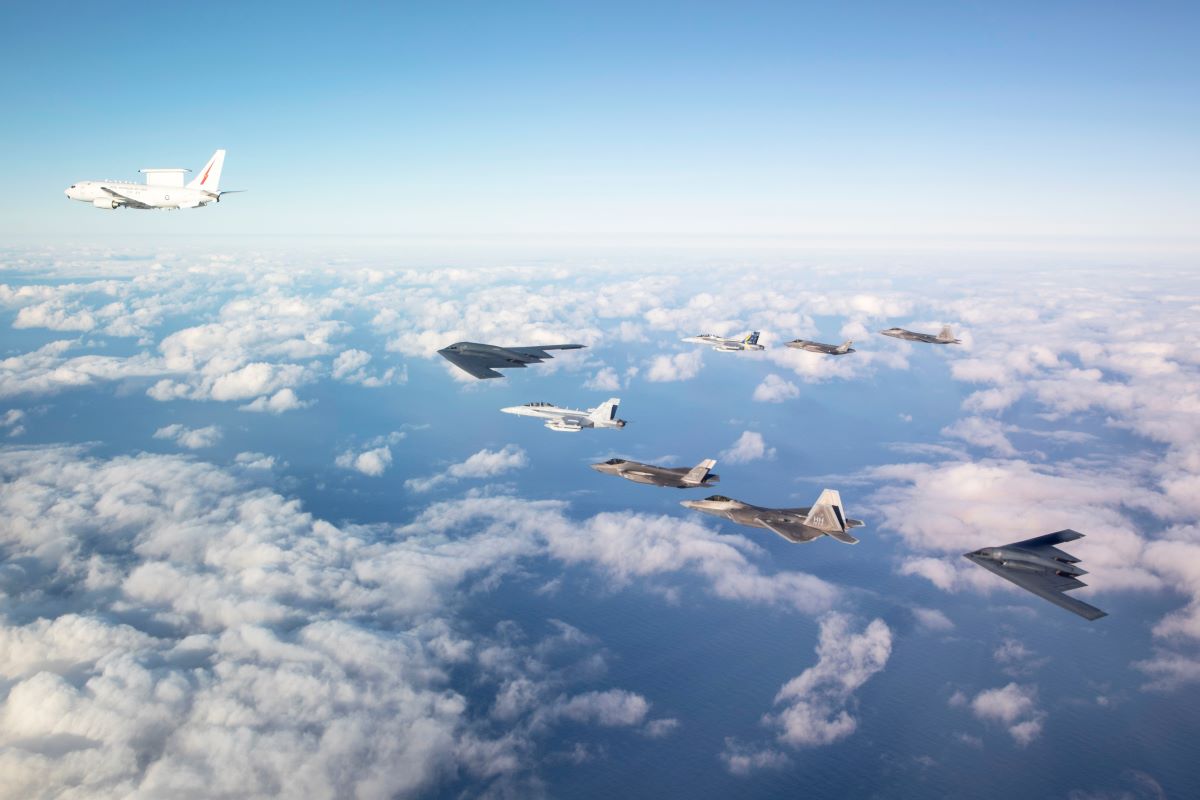The U.S. Air Force may fund the integration of its Joint Mission Planning System (JMPS) with the Honeywell [HON] Primus Epic Phase 7 Flight Management System carried on the Boeing [BA]/Leonardo MH-139A Grey Wolf helicopter, which is to replace the Bell [TXT] UH-1N Hueys in support of the ICBM missile fields and in contingency transport of government leaders in the Washington, D.C., area.
On Wednesday, the MH-139A program office in the Air Force Life Cycle Management Center’s Intelligence, Surveillance and Reconnaissance & Special Operations Forces directorate said that it is “conducting market research to identify possible sources capable of integrating the USG [U.S. government] owned Joint Mission Planning System with current on-board commercial flight system of the aircraft.”
“Any proposed solution must allow the Joint Mission Planning System and Honeywell Primus Epic Phase 7 Flight Management System to exchange data in order to allow the aircraft to accept, display, and map flight mission data,” the Wednesday Request for Information (RFI) said. “Technical support is expected during the initial implementation and testing of the system. Subject matter expert support is expected for an extended period of time after initial implementation and testing.”
The Air Force has said that it began moving all its aircraft to JMPS in 2008. JMPS started as a congressionally directed effort two decades ago.
The combined JMPS/Primus Epic Phase 7 system is to load a minimum of 40 flight plans with a maximum of 100 waypoints; a single flight route with a maximum of 100 waypoints; and a custom data base with a minimum of 750 waypoints, the RFI said. In addition, the system is to allow the automation of waypoint files and flight plans; provide geodetic coordinate entry for flight planning; load and download mission data from the flight management system; and use Air Force weather data and notice to airmen.
In January, the MH-139A began initial operational test and evaluation (IOT&E) at Malmstrom AFB, Mont. (Defense Daily, Feb. 18).
Last year’s Pentagon directorate of operational test and evaluation (DOT&E) annual report, completed before the start of MH-139A IOT&E, said that the MH-139A program “needs to address several challenges for the MH-139A to be operationally suitable. DOT&E noted concerns, including that engine ingestion of dust and debris may cause long-term maintenance issues if not resolved.”
“This is in addition to previously reported concerns about engine maintenance caused by expansion of the aircraft flight envelope and higher power requirements,” the study said. “Moreover, carbon buildup has been identified in several parts of the aircraft’s engine including the engine fuel nozzles.”
The 908th Flying Training Unit at Maxwell AFB, Ala., is to become the formal training unit for the MH-139A.
Last April, an Air Force fiscal 2025 budget hearing before the House Appropriations Committee’s defense panel revealed that the MH-139A, like the next generation Northrop Grumman [NOC] LGM-35A Sentinel ICBM, had breached Nunn-McCurdy defense program cost provisions, first enacted in the fiscal 1983 defense authorization act (Defense Daily, May 1). Law requires DoD to notify Congress of unit cost overruns of 15 percent and above in major defense acquisition programs.
The Grey Wolf’s Nunn-McCurdy breach followed a decision in the Air Force’s fiscal 2025 budget to reduce the planned buy of 80 MH-139As–six development and 74 production aircraft–to 42.



